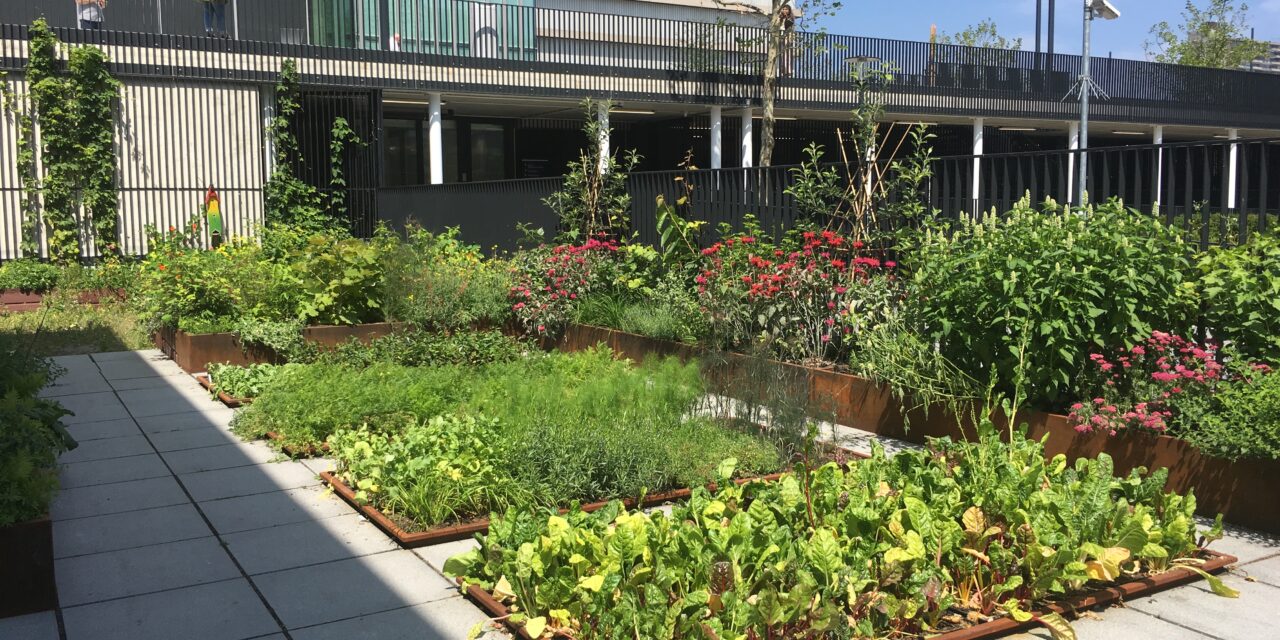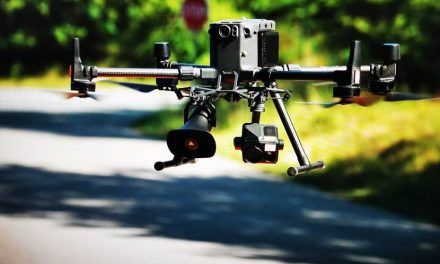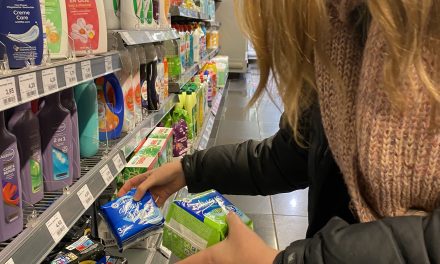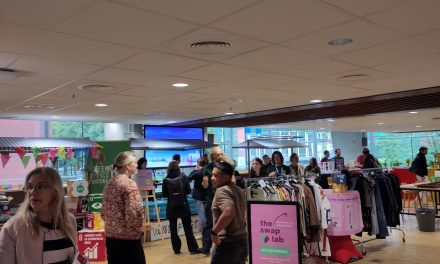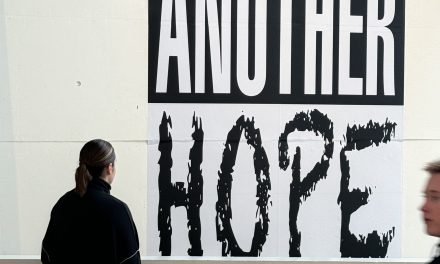Besides that it looks nice, it is also very sustainable. Urban farming is totally trending. Agriculture is being moved to the densely populated cities and local initiatives are emerging to introduce people to urban agriculture. It is a sustainable way of producing food. By growing products in cities, where the demand for food is the highest, the transport of products is reduced. This greatly reduces the emissions. It is an old principle, growing your own vegetables in London, Berlin and the United States in the 1950s was encouraged. The allotments are also a classic example of urban agriculture.
Thanks to the involvement of architects and project developers, urban farming has been given a boost, and the interference of technical gadgets also plays a major role. What does the principle of urban agriculture look like?
Philip van Traa is co-founder of hrbs. and responsible for the project The Green House in Utrecht, the Netherlands. Hrbs. is a service model for fresh herbs, crops and sprouts with the aim of making cities more liveable by introducing green solutions. The Green House is a restaurant that uses ingredients produced in its own urban farm in Utrecht. Above the restaurant they have a greenhouse where the ingredients grow and are harvested after germinating, leading to futuristic architecture. He explains more about the importance of urban farming.
[embed]https://soundcloud.com/daan-snoeks/interview-philip-traa-1/s-eth4znxPRxm[/embed]Europe’s role
A major player in the development of urban farming is the European Commission. It recently announced a strong investment in organic farming, just as urban agriculture is a sustainable way of producing food. This in the context of achieving the Green Deal ambition. However, urban agriculture is not mentioned. How are urban farming initiatives supported by Europe?
The European Commission works closely with the European Agricultural Fund for Rural Development (EAFRD) and decides on the subsidies provided to the agricultural sector. Each Member State receives support from the EAFRD for its own rural developments, from the national government this can still be supplemented by national funds. In the flow of subsidies from Europe, national authorities act as intermediaries. The Commission approves and supervises programmes within European rural development, but benefits for projects are paid at national level. However, Van Traa explains why there are few subsidies from the Agricultural Policy side for green initiatives.
https://soundcloud.com/daan-snoeks/philip-van-traa-about-european-subsidies-for-green-initiatives/s-s7Bbxqv3K4Y
The algricultural policy
The security of food in Europe was established after the end of the Second World War. In the future, the first prime ministers of the European Coal and Steel Community wanted to prevent Europe from running out of food. Today’s Agricultural Policy is still being adjusted. Most of the money goes to the agricultural sector, almost 40% of the European Union’s budget. Van Traa has a different perspective: “It is really helpfully that new initiatives are not dependent of subsidies. You need to have business model.”
